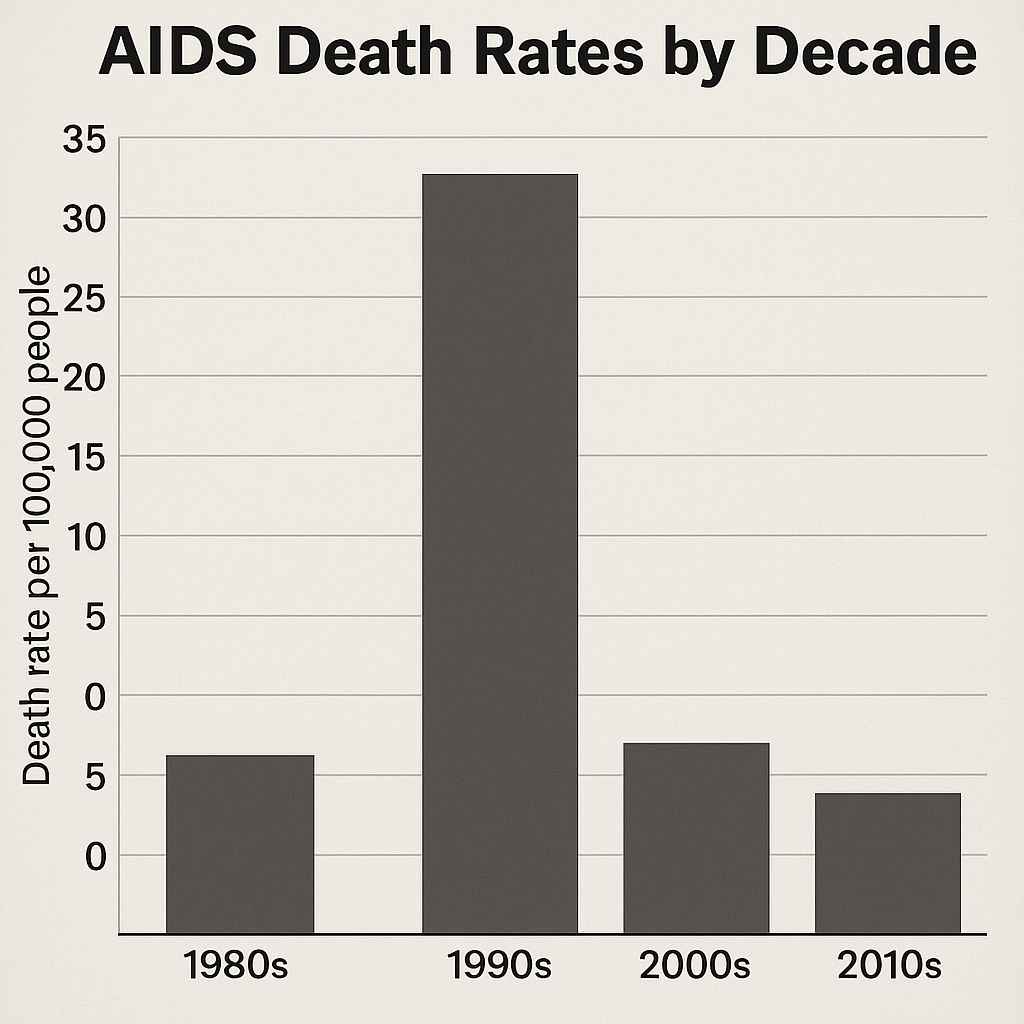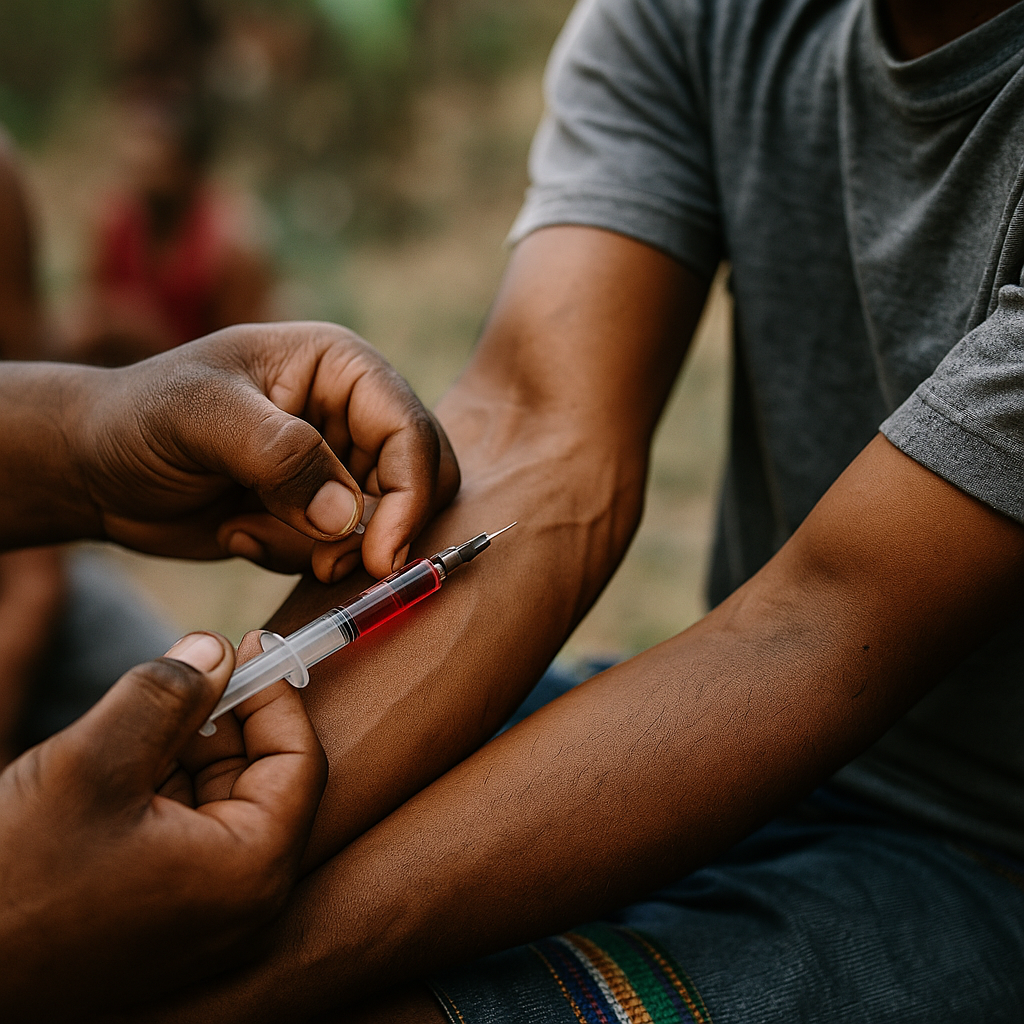How has the fight against AIDS evolved over time, and what do the numbers really tell us? Understanding AIDS death rates by decade is essential for grasping the scale of the epidemic and the progress humanity has made. From the alarming early years to today’s more hopeful landscape, this article breaks down how each decade shaped the trajectory of AIDS mortality.
Table of Contents
- The 1980s: A Silent Crisis Emerges
- The 1990s: Heightened Awareness and Tragedy
- The 2000s: Antiretrovirals Begin to Turn the Tide
- The 2010s to Today: Global Efforts and Ongoing Challenges
- Conclusion
- FAQs
The 1980s: A Silent Crisis Emerges
In the early 1980s, AIDS was a mysterious and deadly illness. Initially misunderstood, it spread quickly through vulnerable communities. By the end of the decade, AIDS had claimed over 100,000 lives in the United States alone, with global numbers climbing rapidly. The lack of public awareness and government action led to increased stigmatization and limited access to care.
By 1987, the U.S. saw over 21,000 AIDS-related deaths in a single year. Globally, countries with limited healthcare infrastructure faced even greater challenges. It wasn’t until the latter part of the decade that public health campaigns began addressing the crisis more seriously.
The 1990s: Heightened Awareness and Tragedy
The 1990s marked the deadliest phase of the AIDS epidemic. By 1995, AIDS was the leading cause of death among Americans aged 25 to 44. This decade saw staggering global death rates, with an estimated 2.6 million people dying from AIDS in 1999 alone. The virus continued to devastate Sub-Saharan Africa, where access to treatment was nearly nonexistent.
However, this decade also brought increased global attention. Activist movements pushed for more research, funding, and equitable healthcare. The Ryan White CARE Act in the U.S. expanded services, and global organizations like UNAIDS were established to coordinate responses.
The 2000s: Antiretrovirals Begin to Turn the Tide
The introduction and scaling of antiretroviral therapy (ART) changed the game. Though death rates remained high in the early 2000s—with 1.9 million deaths globally in 2004—by the end of the decade, mortality began to decline. ART made it possible to manage HIV as a chronic condition rather than a death sentence.
Global efforts such as the President’s Emergency Plan for AIDS Relief (PEPFAR) and the Global Fund brought medications to millions in low-income countries. Public health messaging improved, and testing became more widely available. These interventions drastically improved survival rates and reduced mother-to-child transmission.
The 2010s to Today: Global Efforts and Ongoing Challenges
From 2010 onward, AIDS-related deaths dropped by nearly 60% thanks to the wider availability of treatment. According to UNAIDS, annual global deaths fell from 1.2 million in 2010 to 630,000 by 2022. New prevention strategies like PrEP, better education, and earlier diagnoses all played key roles.
Despite progress, challenges remain. Stigma still prevents many from seeking care. Low-income regions, especially in Africa and Asia, continue to face barriers to consistent treatment access. Furthermore, COVID-19 temporarily disrupted HIV services, highlighting the fragility of global health systems.
Still, the data shows progress. Continued funding, innovation, and public health campaigns are essential to sustaining and improving these outcomes. If you or someone you know needs support, visit Healthcare.pro to find professional medical help.
Conclusion
AIDS death rates by decade reflect more than just numbers—they tell a story of fear, loss, advocacy, and resilience. From its devastating peak in the 1990s to significant declines today, the fight against AIDS showcases what global collaboration and scientific advancement can achieve. To stay informed and support awareness, education, and access to care are more crucial than ever.
FAQs
What was the peak year for AIDS-related deaths?
1995 marked the peak in the U.S., with over 50,000 deaths. Globally, 2004 had one of the highest death counts with around 1.9 million fatalities.
Why did AIDS death rates drop in the 2000s?
The expansion of antiretroviral therapy (ART) and global health initiatives provided effective treatment, reducing deaths significantly.
Are AIDS deaths still a major global issue?
Yes. While rates have declined, around 630,000 people still die from AIDS-related illnesses each year, especially in underserved regions.
What role does prevention play in reducing AIDS deaths?
Prevention through education, condom use, needle exchange, and medications like PrEP significantly lowers new infections and deaths.
Where can I get help or more information on AIDS?
Visit AIDS.org or consult a medical professional via Healthcare.pro for guidance and resources.
This content is not medical advice. For any health issues, always consult a healthcare professional. In an emergency, call 911 or your local emergency services.




